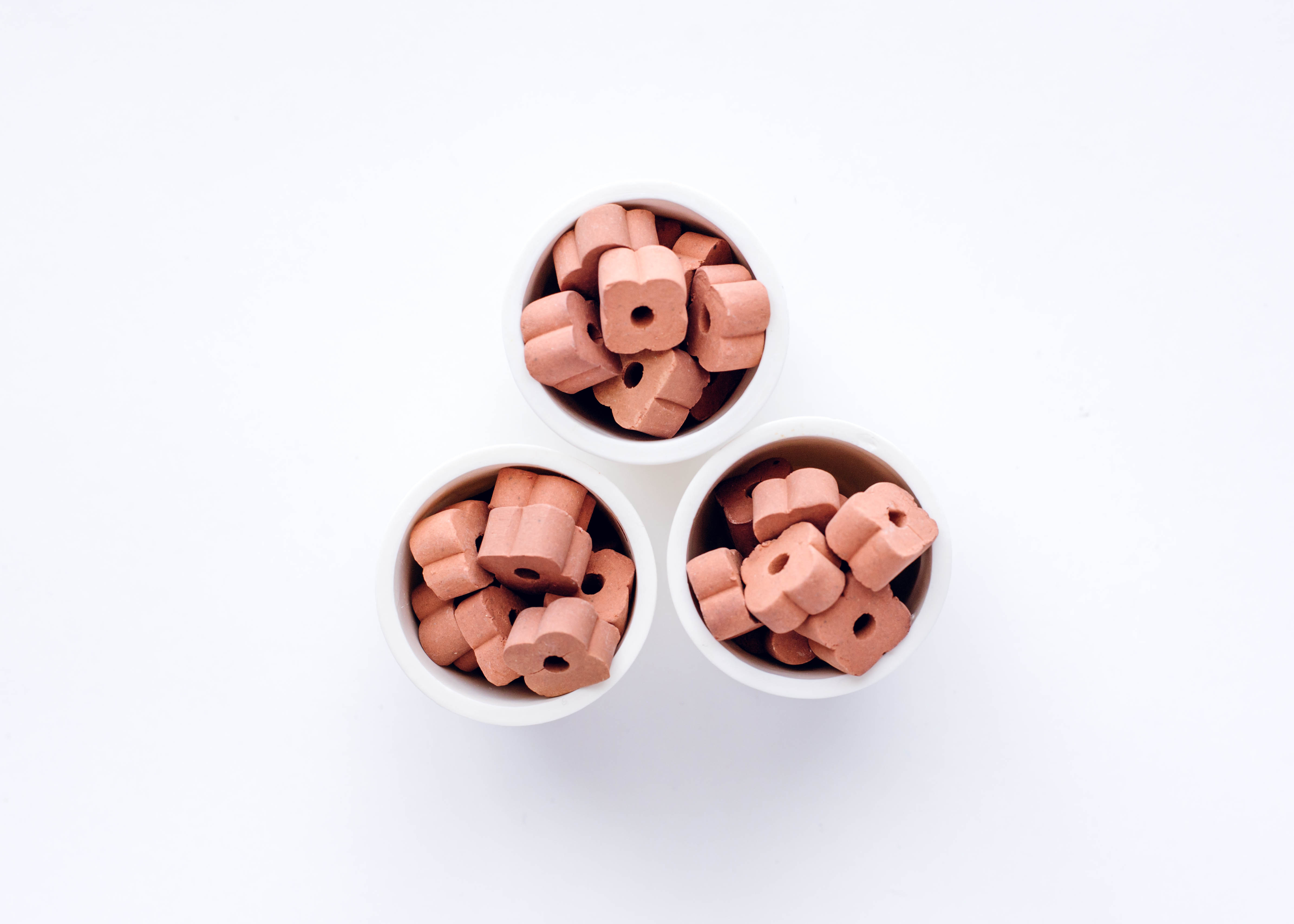
Seramic Materials applies patented technology to upcycle industrial solid waste to sustainable and high-value ceramic products, driving the industry towards a near-zero waste goal
Started by Dr. Nicolas Calvet, Khalifa University Assistant Professor of Mechanical Engineering and CEO of Seramic Materials, and Dr. Khalid Al Ali, Khalifa University Assistant Professor of Chemical Engineering and Director of Operations at Seramic Materials, Seramic Materials Ltd. was established in 2019 to manufacture 100 percent recycled ceramic products from heavy industry waste, such as incinerator ash and byproducts from the steel industry.
“Seramic Materials is a UAE-based company born out of the unique and innovative environment of the Masdar Institute at Khalifa University,” Dr. Calvet said. “We developed a unique circular economy solution to recycling solid industrial waste into sustainable value-added products in the technical ceramics and construction materials markets.”
Replacing a precious natural resource with waste products for ceramic production has myriad advantages beyond keeping the conventional raw materials in the ground. Using waste products can be significantly cheaper, meaning a final product can be 10 to 50 percent cheaper depending on its application.
By avoiding the extraction of natural resources and their transport, carbon emissions are significantly reduced and manufacturing energy consumption is also lowered. Dr. Calvet says this represents at least a 20 percent reduction in carbon dioxide emissions compared with conventional ceramic manufacturing methods. Plus, all the waste that would have headed to landfill can now be diverted to a second life and purpose.
Globally, heavy industry generates more than one billion tons of waste every year. Most of this ends up in landfills, leading to significant waste management and environmental issues as well as disposal costs for industry. Seramic Materials can combine the UAE’s steel slag, municipal solid waste incinerator ashes, bauxite residue, waste sludge, broken glass and more with non-depleting natural resources, such as desert sand, to develop their ceramic products.
“We tune the properties of the final ceramic product depending on its expected use by mixing different waste products together,” Dr. Calvet said. “Our ceramic materials can be shaped in any form and dimension depending on their intended applications, such as bricks, floor and wall tiles, 3D claddings, pavers, and much more.
Seramic Materials is now expanding into technical ceramics, manufacturing advanced thermal energy storage materials, which can operate in temperatures as high as 1250°C, and which are, to date, the most cost-efficient ceramics on the market.
The global thermal energy storage market is expected to grow steadily over the next ten years. Thermal energy storage involves storing heat, generated for instance by solar energy, until it is needed to be turned into electricity or reused directly as process heat. It is the release of the heat that is used to generate the power. Low-cost sustainable ceramics present a low-carbon thermal storage solution for thermal energy storage applications.
“Our solution is called ReThink Seramic – Flora and it is a game changer in high-temperature applications – anything over 700°C,” Dr. Calvet said. “Until now, the bottleneck in this industry was the high cost of the ceramic material itself. By operating at a higher temperature, the heat-to-electricity conversion efficiency is improved, and since Flora is durable up to 1250°C, it can be thermally cycled over decades without damage.”
“We have developed the first state-of-the-art laboratory in the GCC dedicated to industrial solid waste valorization” said Dr. Khalid Al Ali. Thanks to this one-of-its-kind laboratory, the team at Seramic Materials have developed formulations that are patented in Europe, USA, India, China and the GCC and are constantly working on new applications to support products across the ceramics value chain. Seramic Materials recently signed an intellectual property (IP) agreement with Khalifa University to commercialize 5 patents related to steel slags upcycling.
“Our vision is a more sustainable present achieved by developing a circular economy,” Dr. Calvet said. “We have an innovative approach that we hope will continuously enhance our ceramic formulations and offer countless new value-added applications for our commercial products.”
Jade Sterling
Science Writer
18 October 2021






